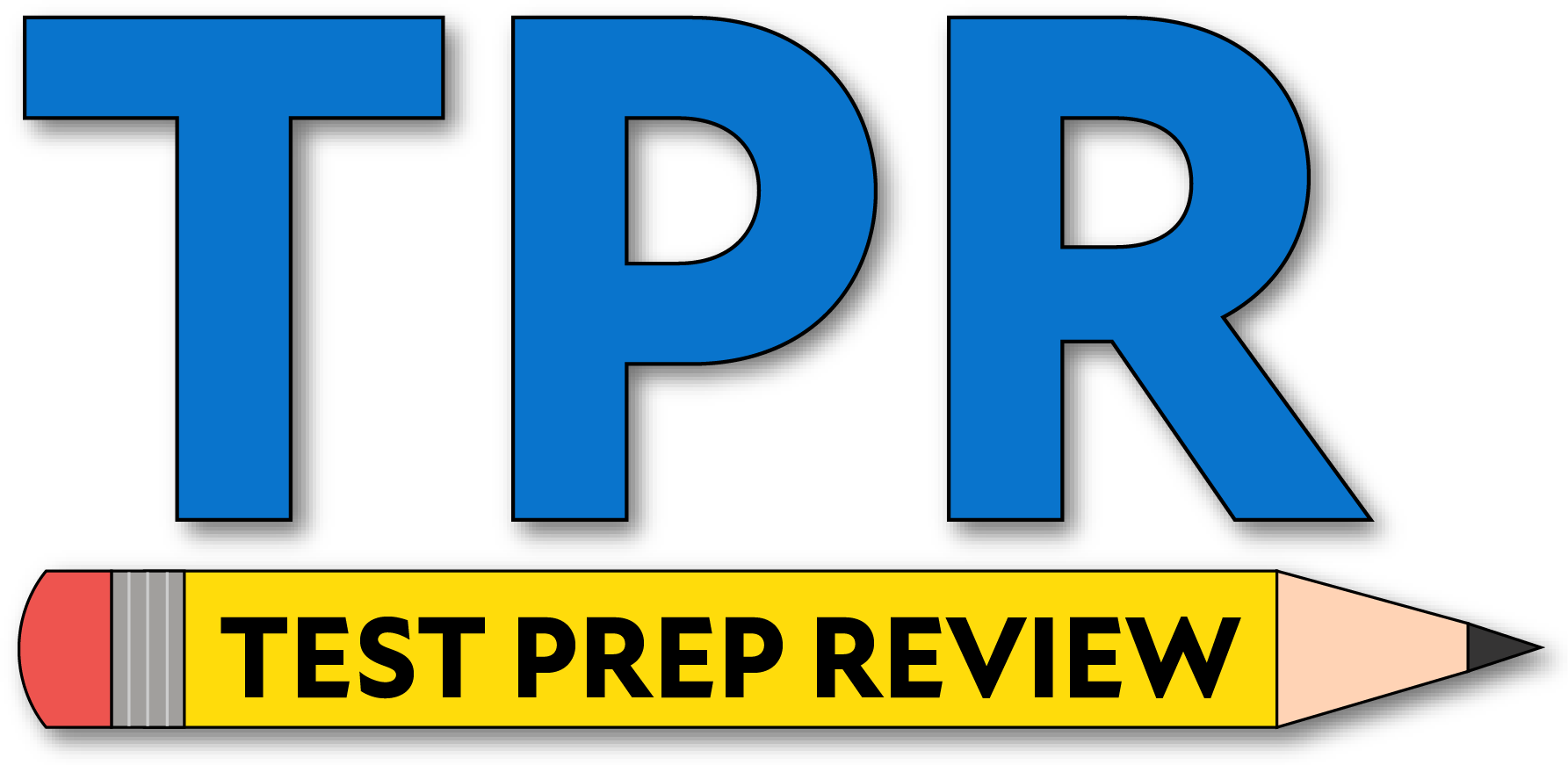- Which of the following structures contains genes for enzymes and antibiotic resistance?
- Plasmid
- Pilus
- Capsule
- Plasma membrane
Plasmids are small, circular DNA molecules separate from the bacterial chromosome. They often carry genes that code for enzymes and confer antibiotic resistance, allowing bacteria to survive in the presence of certain drugs.
- Which of the following is the most important structure related to microbial attachment to cells?
- Flagellum
- Plasmid
- Peptidoglycan
- Glycocalyx
The glycocalyx, particularly when organized as a capsule or slime layer, helps bacteria adhere to host cells and surfaces. This enhances colonization and protects against immune defenses.
- Which of the following is not a Gram-negative bug?
- Clostridium perfringens
- Vibrio cholerae
- Escherichia coli
- Bordetella pertussis
Clostridium perfringens is a Gram-positive, spore-forming anaerobe, while the others are Gram-negative bacteria.
- Which of the following is NOT true related to endotoxins?
- Endotoxins are secreted from cells.
- Can be linked to meningococcemia
- Produced by Gram-negative microorganisms
- Can cause fever
Endotoxins are not secreted; they are part of the lipopolysaccharide (LPS) in the outer membrane of Gram-negative bacteria and are released when the cell is lysed.
- Which of the following microorganisms stain well?
- Escherichia coli
- Legionella pneumophila
- Treponema
- Chlamydia trachomatis
E. coli stains well with Gram staining. The others require special stains or detection methods due to their cell wall properties or intracellular lifestyle.
- Which of the following microorganisms are not matched correctly with the appropriate isolation media?
- Fungi: Sabouraud agar
- Neisseria gonorrhoeae: MacConkey agar
- Haemophilus influenzae: Chocolate agar
- Mycobacterium tuberculosis: Löwenstein-Jensen medium
N. gonorrhoeae is isolated on Thayer-Martin medium, not MacConkey agar. MacConkey agar is used for Gram-negative enteric bacteria.
- Which of the following diseases and bacteria are matched up incorrectly?
- Cellulitis: Pasteurella multocida
- Tularemia: Francisella tularensis
- Gastritis: Helicobacter pylori
- Lyme disease: Yersinia pestis
Lyme disease is caused by Borrelia burgdorferi, not Yersinia pestis (the cause of plague).
- Which of the following diseases and bacteria are matched up incorrectly?
- Treponema pallidum: Syphilis
- Hortaea werneckii: Tinea nigra
- Borrelia burgdorferi: Lyme disease
- Yersinia enterocolitica: Diphtheria
Diphtheria is caused by Corynebacterium diphtheriae, not Yersinia enterocolitica.
- Which of the following is not true concerning Staphylococcus aureus?
- It is related to inflammation.
- It can cause pneumonia.
- It can lead to acute bacterial endocarditis.
- It does not make coagulase.
S. aureus is coagulase-positive, which helps it form clots and evade host defenses.
- Which of the following signs and symptoms is not linked to Haemophilus influenzae?
- Otitis media
- Pneumonia
- Malaria
- Epiglottitis
Malaria is caused by Plasmodium species transmitted by mosquitoes, not Haemophilus influenzae. H. influenzae is linked to respiratory infections such as otitis media, pneumonia, and epiglottitis.
- The tsetse fly is a transmission factor for which of the following organisms?
- Trichomonas vaginalis
- Trypanosoma brucei gambiense
- Entamoeba histolytica
- Toxoplasma gondii
The tsetse fly transmits Trypanosoma brucei species, including T. b. gambiense, which cause African trypanosomiasis (sleeping sickness).
- The deer tick (Ixodes scapularis) is a transmission factor for which of the following organisms?
- Trichomonas vaginalis
- Leishmania donovani
- Babesia
- Giardia duodenalis
The deer tick (Ixodes scapularis) can transmit Babesia species, which cause babesiosis. This tick can also transmit Borrelia burgdorferi (Lyme disease) and Anaplasma phagocytophilum.
- Chagas disease is commonly treated with nifurtimox and is linked to which microorganism?
- Naegleria
- Schistosoma
- Wuchereria bancrofti
- Trypanosoma cruzi
Chagas disease is caused by Trypanosoma cruzi, transmitted by the triatomine (kissing) bug. Nifurtimox is one of the drugs used in treatment.
- Which of the following is not fungal-related?
- Cryptococcus neoformans
- Candida albicans
- Tinea nigra
- Chlamydiae
Chlamydiae are bacteria, not fungi. The other listed organisms are fungal.
- Which of the following is not a DNA virus?
- Adenovirus
- Calicivirus
- Papovavirus
- Poxvirus
Caliciviruses are RNA viruses, not DNA viruses. The other listed viruses—adenovirus, papovavirus, and poxvirus—are DNA viruses.
- Which of the following is not a RNA virus?
- Reovirus
- Orthomyxovirus
- Deltavirus
- Herpesvirus
Herpesviruses are DNA viruses, not RNA viruses. The other options are RNA viruses.
- Which of the following is not a double-stranded linear DNA virus?
- Poxvirus
- Papovavirus
- Adenovirus
- Herpesvirus
Papovaviruses have circular, double-stranded DNA, not linear DNA. Poxvirus, adenovirus, and herpesvirus all have linear double-stranded DNA.
- Which of the following is not a single-stranded linear RNA virus?
- Togavirus
- Retrovirus
- Bunyavirus
- Picornavirus
Bunyaviruses have segmented, circular (by complementary base-pairing) single-stranded RNA genomes, so they’re not considered single-strand linear RNA viruses. Togavirus, Retrovirus, and Picornavirus have linear ssRNA genomes.
- The Tzanck test is not used on which of the following viruses?
- VZV
- HSV-2
- HHV-8
- HSV-1
The Tzanck smear is used to detect multinucleated giant cells caused by herpesviruses such as HSV-1, HSV-2, and VZV. HHV-8 is not diagnosed using this test.
- Which of the following microorganisms has not been linked to UTIs?
- E. coli
- Pseudomonas
- Klebsiella
- Haemophilus
Haemophilus species are generally not associated with urinary tract infections. Common bacterial causes of UTIs include E. coli, Pseudomonas aeruginosa, and Klebsiella species.
